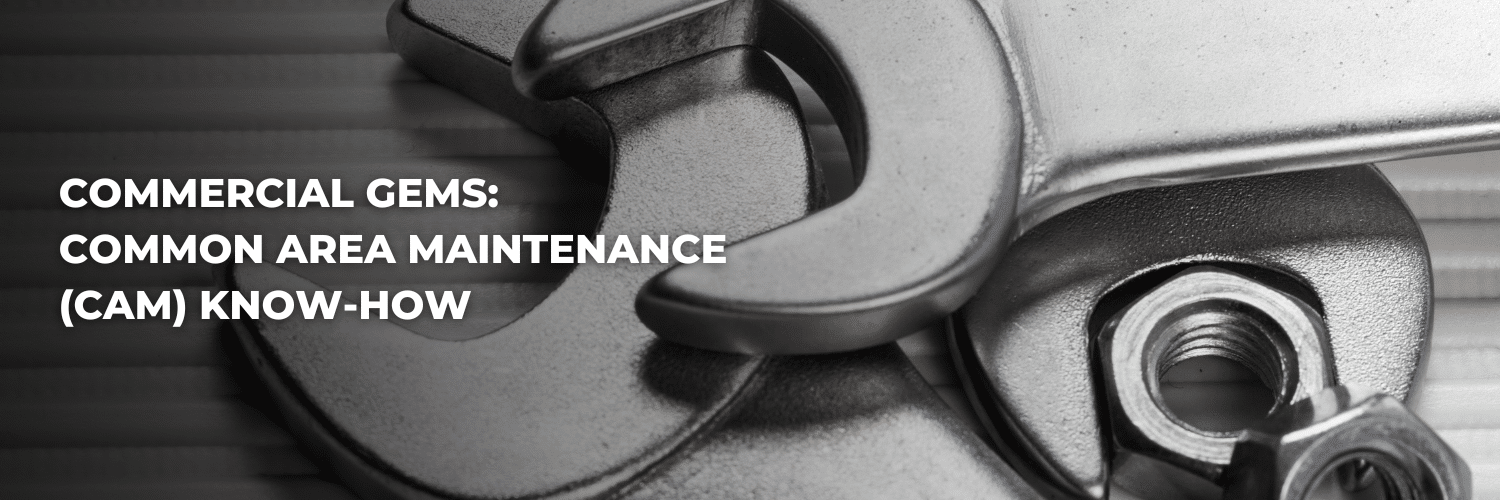
Commercial Gems: Common Area Maintenance (CAM) Know-How
Managing commercial properties involves navigating through various terms and responsibilities, and one crucial aspect is Common Area Maintenance (CAM). In this blog post, we’ll break down the basics of commercial property management and shed light on the often misunderstood CAM charges.
What is Commercial Property Management?
Commercial property management is the process of overseeing and maintaining income-generating properties such as retail spaces, office buildings, and industrial complexes. Property managers play a key role in ensuring these spaces are well-maintained, tenants are satisfied, and the property’s overall value is preserved.
Understanding CAM Charges:
CAM charges, or Common Area Maintenance charges, are fees passed on to tenants to cover the costs of maintaining shared spaces within a commercial property. These shared areas, also known as common areas, include lobbies, hallways, parking lots, and landscaping. CAM charges are meant to distribute the financial burden of maintaining these spaces among all tenants benefiting from them.

Key Components of CAM Charges:
Landscaping: Costs associated with maintaining the property’s exterior, including lawns, trees, and flower beds.
Utilities: Expenses related to common area utilities such as lighting, heating, and cooling.
Repairs and Maintenance: Funds allocated for fixing wear and tear on shared spaces and facilities.
Security: Costs associated with common area security measures, such as surveillance systems or security personnel.
Property Management Fees: Compensation for the property management company overseeing day-to-day operations.
Why CAM Charges Matter:
Equitable Distribution: CAM charges ensure that all tenants contribute their fair share to maintain shared spaces, promoting fairness and equity.
Property Value Preservation: Properly maintained common areas contribute to the overall curb appeal and value of the commercial property.
Transparent Budgeting: Tenants can anticipate and budget for CAM charges, as they typically vary based on property size and usage.
In the realm of commercial property management, understanding CAM charges is crucial for both property managers and tenants. By demystifying this aspect of property expenses, we pave the way for more transparent and harmonious landlord-tenant relationships. Remember, a well-maintained property benefits everyone involved, creating a win-win situation for both property owners and tenants.
Disclaimer: The information provided in this article is for educational purposes only and should not be considered financial or investment advice. It is always recommended to consult with a qualified financial advisor or investment professional before making any investment decisions.

